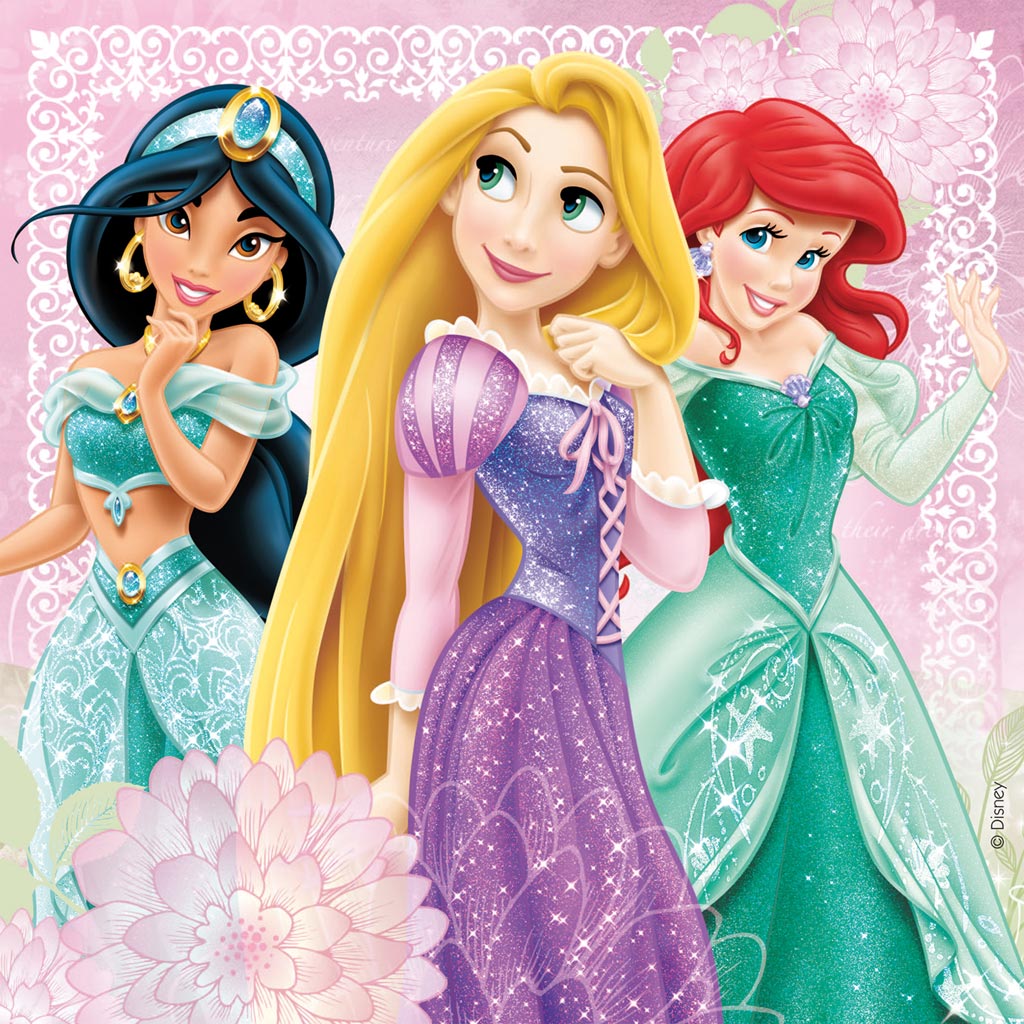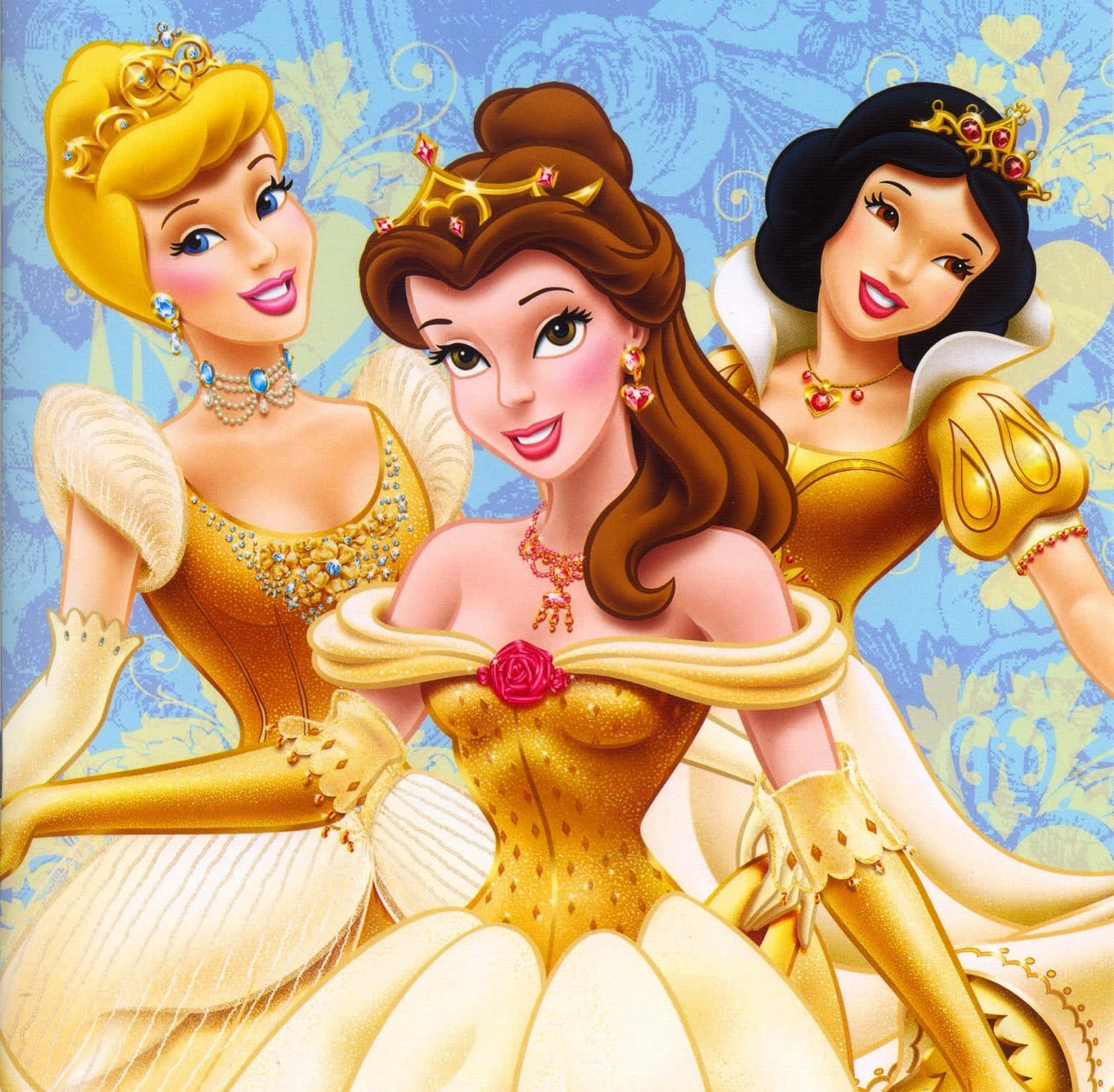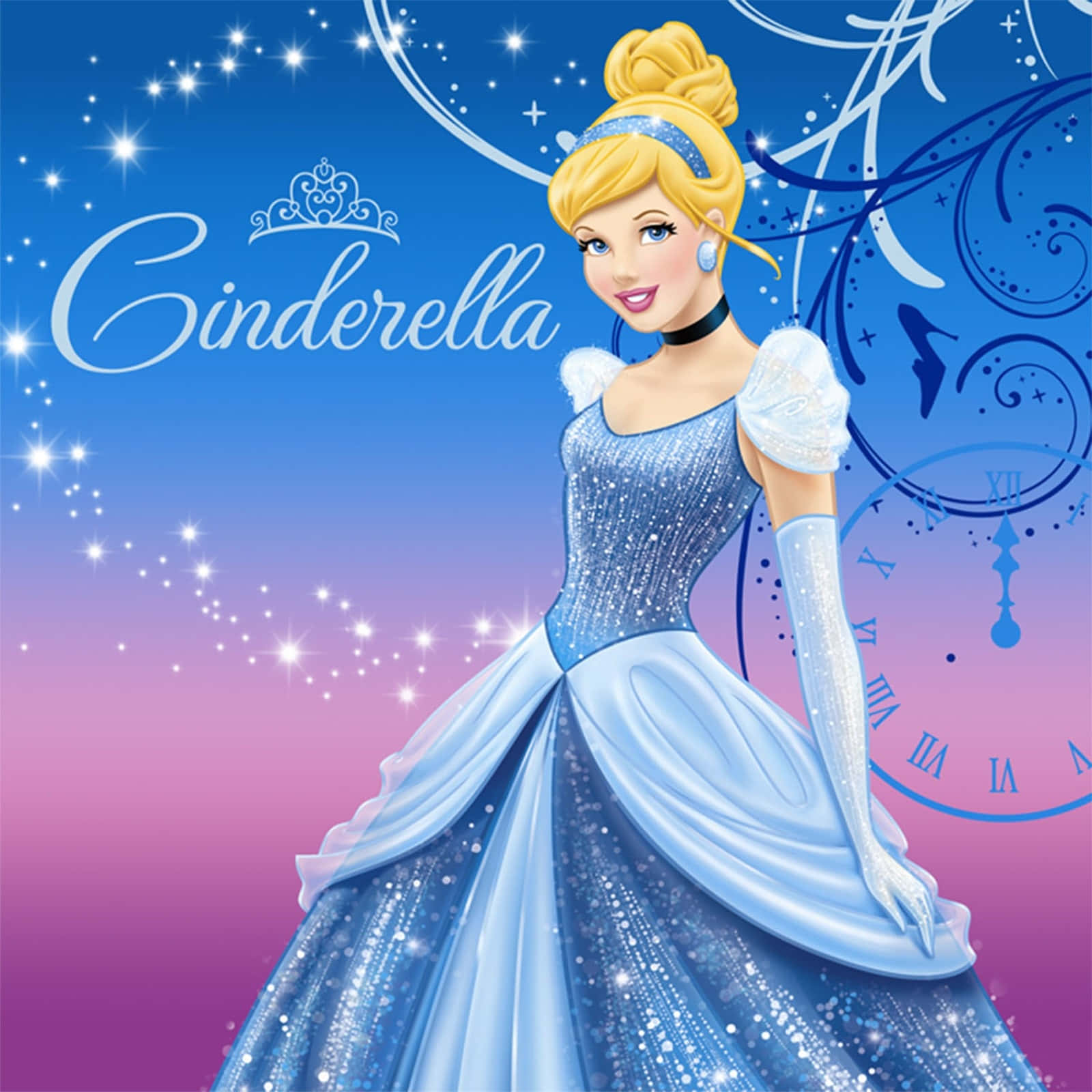Princess Anne Hairstyle - A Look At Royal Appearance
It's a curious thing, really, how much attention can settle on the way a public figure presents themselves, especially when we consider someone like a princess. The discussion around Princess Anne's hairstyle, for instance, often sparks a lot of thought about what it truly means to hold a royal position and what that looks like to the world. We are, you know, constantly observing these visual cues, and a person's hair, in a way, becomes a kind of silent statement about their role and their place in things, more or less.
When you think about the idea of a "princess," your mind might wander to various pictures. Perhaps it's the whimsical image of someone who "dressed herself up as though she were a little princess," or maybe the grand, formal address of "milady" comes to mind. It's almost as if there's a spectrum of what a princess can be, from the very notion of a "lil" or "little" royal figure to someone holding a truly significant title within a reigning monarch's family, as a matter of fact. This broad range of ideas influences how we perceive every aspect of their public presentation, including, quite naturally, their chosen hair style.
There's, too, a kind of unspoken understanding, a sort of "handbook" that seems to guide how royal figures appear, influencing everything from their attire to, indeed, their hair. It's not a written set of rules, perhaps, but more a collection of expectations that have built up over time, especially when we consider the public’s connection to figures like Princess Anne. Her approach to her hair, for instance, seems to speak volumes about her role, perhaps even mirroring the loyalty people feel towards institutions that have been around for a very long time, like those who join a "Captain's Circle" because they choose a certain cruise line again and again.
Table of Contents
- Princess Anne - A Glimpse into Her Public Role
- What Does a "Princess" Look Like? Exploring the "Princess Anne Hairstyle"
- How Do "Rules" Shape a Royal's Appearance? The Unspoken "Handbook" of "Princess Anne Hairstyle"
- Is the "Princess Anne Hairstyle" a Nod to Tradition or Practicality?
- Beyond the Crown - How Does the "Princess Anne Hairstyle" Reflect a Public Persona?
- Does the "Princess Anne Hairstyle" Break the Mold of "Little Princess" Ideals?
- What Can We Learn from the "Princess Anne Hairstyle" About Public Life?
- The "Princess Anne Hairstyle" - A Symbol of Enduring Presence?
Princess Anne - A Glimpse into Her Public Role
When we talk about a "princess," it's worth remembering that this is a title with a very specific meaning, typically given to a female who is part of a monarch's immediate family or who rules over a small principality. This understanding, you know, helps frame our thoughts about someone like Princess Anne. Her public role, in a way, is defined by this very term, which has roots in words meaning a "principal citizen."
For someone holding such a position, their presence is, naturally, often a public one. The way they carry themselves, the way they present their image, is all part of this public facing aspect. It's not just about personal style, but also about representing something larger. This is, essentially, the foundation for considering something like the Princess Anne hairstyle, as it becomes an element of that wider representation.
| Aspect | Description (based on the general concept of "Princess") |
|---|---|
| Title | Princess |
| Usage | A title used by a female member of a regnant monarch's family or by a female ruler of a principality. |
| Origin | The male equivalent, "prince," comes from the Latin "princeps," meaning "principal citizen." |
| Public Role | Often involves public appearances and representing a long-standing institution. |
What Does a "Princess" Look Like? Exploring the "Princess Anne Hairstyle"
The idea of what a "princess" looks like can vary quite a bit, can't it? Sometimes, you might hear about someone who "wishes she were a little princess," perhaps imagining a very specific, almost storybook kind of appearance. Other times, the term "milady" comes up, which, as a matter of fact, suggests a more formal, respectful way of addressing someone of noble standing, hinting at a very traditional sort of look. This range of perceptions shapes how we view something like the Princess Anne hairstyle.
When a person "dressed herself up as though she were a little princess," they're creating an image, aren't they? This act of presenting oneself, of adopting a certain look, is pretty central to the public life of a royal. The way hair is styled, for instance, plays a big part in this visual narrative, contributing to whether someone appears more like a playful "lil" figure or a dignified "milady." It's all about the visual cues that, too, communicate a role.
So, when we consider the Princess Anne hairstyle, it’s not just about the hair itself, but what that particular arrangement of hair conveys about the person who wears it. Does it lean towards the more traditional, the kind of look one might expect from someone addressed as "milady," or does it perhaps have a touch of the less formal, almost "lil" in its approach? This question is, basically, at the heart of how we interpret her public image.
How Do "Rules" Shape a Royal's Appearance? The Unspoken "Handbook" of "Princess Anne Hairstyle"
It's interesting to consider how much of a royal's public presentation, including something like the Princess Anne hairstyle, might be guided by unwritten standards. There's this concept, you know, of a "handbook for the married man, the invaluable standard work that is traditionally" passed down, and while that's about something else entirely, it makes you think about the unspoken "rules" that seem to exist for public figures, particularly those in royal families. These guidelines are, in a way, very powerful.
Just as a "mister" might be associated with a certain position or role, a royal's appearance is often linked to their status and responsibilities. This means that choices about clothing, accessories, and yes, even hair, are not always purely personal. They can be, essentially, a reflection of tradition, expectation, and the need to convey a certain image of stability and continuity. The Princess Anne hairstyle, therefore, might be seen as adhering to these long-standing, unstated principles, perhaps even a bit like following a quiet instruction manual.
So, we can ask ourselves: does the Princess Anne hairstyle reflect a conscious decision to follow these long-established expectations? Is it a nod to how things have always been done, a sort of visual echo of historical moments like the "coronation in 1953" that my father helped organize? It's pretty clear that for someone in her position, every element of her public presentation, including her hair, is, in some respects, part of a larger narrative about duty and tradition.
Is the "Princess Anne Hairstyle" a Nod to Tradition or Practicality?
When we look at the way a royal figure presents themselves, there's often a balance between honoring long-standing traditions and embracing the practicalities of modern life. This tension, you know, can certainly be observed when thinking about the Princess Anne hairstyle. Is it primarily a nod to the past, a continuation of historical styles, or does it also reflect the demands of a very busy, active public life?
Consider the grand historical events, like the "coronation in 1953," which are steeped in tradition and ceremony. For such occasions, a certain formality in appearance is expected. Yet, royal figures also have many engagements that require a more functional approach. It's almost as if there's a delicate dance between the ceremonial and the everyday, and a hairstyle can, frankly, speak to both. There might even be a perceived "hypocrisy" if one's appearance doesn't seem to match the reality of their demanding schedule, but that's a whole other discussion.
So, the Princess Anne hairstyle might be interpreted as a practical choice that still manages to convey a sense of enduring tradition. It's a style that perhaps allows for ease of movement and efficiency, while also, in a way, maintaining a dignified and recognizable royal look. This blend of the traditional and the functional is, basically, a hallmark of many public figures who must navigate both historical expectations and contemporary realities.
Beyond the Crown - How Does the "Princess Anne Hairstyle" Reflect a Public Persona?
A royal figure's public persona is a complex thing, built not just on their actions but also on their appearance. The Princess Anne hairstyle, for instance, contributes to how the public perceives her, influencing that sense of connection and



Detail Author:
- Name : Orie Marvin
- Username : mklocko
- Email : sofia96@morissette.com
- Birthdate : 1993-09-05
- Address : 28307 Hermann Landing Apt. 839 West Cliffordland, UT 76224-7032
- Phone : 574-473-1877
- Company : Schimmel, Stehr and Hane
- Job : Plant and System Operator
- Bio : Omnis rem quia quia quia ad et. Minima sunt deserunt quas soluta dolor. Distinctio quis esse alias quo impedit quibusdam. Minima sint temporibus molestiae nesciunt iusto et.
Socials
linkedin:
- url : https://linkedin.com/in/cadams
- username : cadams
- bio : Ut doloribus magni consequuntur aperiam animi.
- followers : 2232
- following : 1879
tiktok:
- url : https://tiktok.com/@adams1992
- username : adams1992
- bio : Et enim at asperiores id ipsa dolore. Accusantium ad ullam cum sit.
- followers : 471
- following : 1271
twitter:
- url : https://twitter.com/caleadams
- username : caleadams
- bio : Praesentium quo harum sunt dolorum odio quo praesentium. Praesentium totam et ducimus eius dicta. Vel est et reiciendis voluptatibus.
- followers : 755
- following : 502